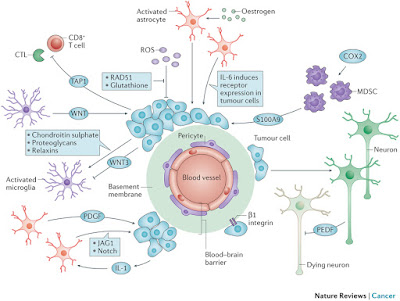Last year, the Food and Drug Administration required manufacturers of testosterone products to add new label information warning of a possible increased risk of heart attacks and strokes. A new study suggests this may be both unnecessary and unhealthy for some men. Testosterone therapy or T therapy helped men with preexisting coronary artery disease reduce their risks of strokes, heart attacks, and even death.
In fact, the men who did not receive testosterone as part of their treatment were 80 percent more likely to suffer an adverse event, such as a heart attack, than those taking T.
Testosterone is a sex hormone that is commonly thought to regulate sex drive, bone mass, fat distribution, muscle mass and strength, and to be responsible for the production of sperm and red blood cells in men. As men age, they generally make less testosterone at a rate of about 1 to 2 percent per year. A man in his 70s may have half the testosterone he had at age 20.
Though this may be normal, some men feel the effects more strongly than others. Low testosterone levels may contribute to depression, decreased bone density, increased body fat, insomnia, and diminished sexual desire.

























